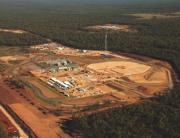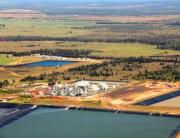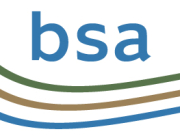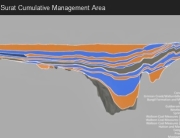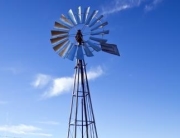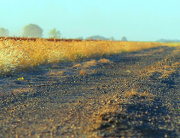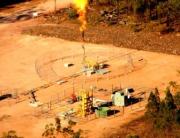Abandoned mining holes could spark gas disaster
Thousands of abandoned mining exploration holes in the Surat and Bowen Basins, when exacerbated by coal seam gas activity, could spark the largest inland environmental and health disaster Queensland has ever seen, warns the Basin Sustainability Alliance.
BSA Chairman David Hamilton said there were estimated to be over 30,000 uncased and unsealed holes in the Surat Basin and over 100,000 in the Bowen Basin.
There is no regulation requiring coal and mineral drillers to seal exploration holes, nor any regulation requiring drillers to log the location or details of these holes with government. Many of these holes date back 50-60 years when portable drilling rigs became more readily available.
He said depressurisation of CSG wells would enable both gas and water to move through these unsealed pathways – to aquifers, to the surface and into the subsurface.
“We are talking about the very real risk of opening up pathways which will allow concentrations of methane to vent into the atmosphere or cause water movement and aquifer interconnection – which could result in contaminated underground water supplies,” Mr Hamilton said.
BSA is urging the government and CSG industry to take immediate action to regulate the drilling of any future holes and halt the depressurisation of coal seams until all of these holes are identified and sealed.
“Not only is this a health and safety and environment risk, but this is a financial risk to the CSG industry. Losing gas will meaning losing profits, which puts at risk the economic benefits to the people of Queensland. No-one wins if the gas is escaping where it shouldn’t.”
Mr Hamilton said the lack of regulation around these holes had been a concern for many in the drilling industry for decades, but with the rapid development of coal seam gasfields, the problem was now at breaking point.
“We have seen first-hand how dangerous this can be. Last year we saw a burning hole at Daandine, which fortunately was discovered before it created a large scale bush fire, and we have watched plastic caps blowing off the tops of holes in Wandoan region.
“These are just the ones we know about. Many of these abandoned exploration holes are not capped in and many are not even visible. They are hard to see with the human eye as they have been covered by soil and vegetation, are located in scrubland, grazing country and cultivation. As there are no records required, title searches often do not reveal such activity.
“Families, farmers and gasfield operators may be unknowingly working and living in the vicinity of unsealed holes every day.
“Landholders and CSG industry workers must have assurance that they are not being asked to sacrifice their health or safety in this process. Towns and agricultural industries that rely on groundwater should not be put at risk.”

